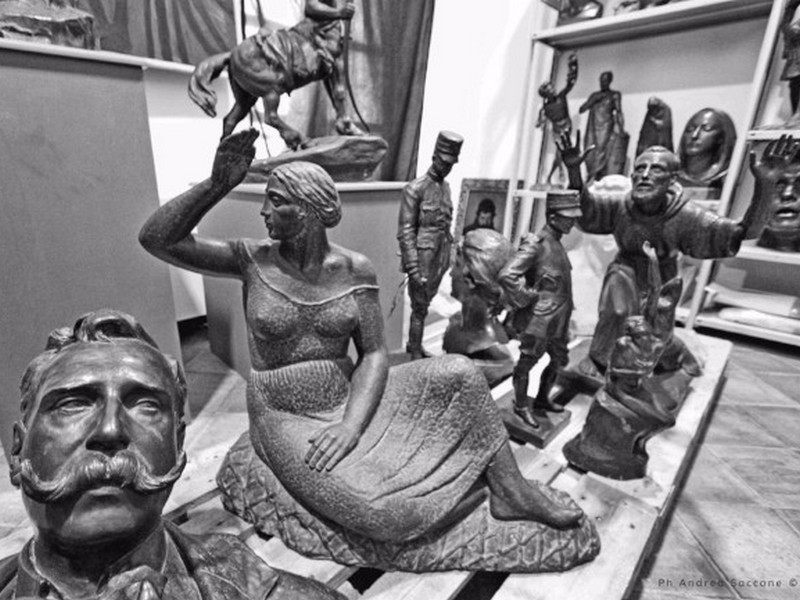Comunicato stampa
Ogni seconda domenica del mese, è possibile prenotare la visita “Nei meandri del Museo” per andare alla scoperta di questo inedito patrimonio.
Prossimo appuntamento l’8 aprile alle ore 11.00 (costo 8 euro, prenotazione obbligatoria allo 091.8431605 entro il venerdi precedente).
Il percorso espositivo del museo rappresenta solo la punta dell’iceberg del patrimonio custodito nella collezione della Galleria d’Arte Moderna, la sua sintesi più visibile.
I depositi costituiscono infatti il volto in ombra, ma certo non meno interessante, del museo: un indispensabile serbatoio che custodisce le opere escluse, spesso per motivi di spazio. Tali opere, in questi ultimi anni, sono state studiate e rese fruibili prima con la pubblicazione di un regesto esaustivo, e adesso finalmente vengono svelate al pubblico grazie a un riallestimento che ha reso i depositi completamente visitabili.

